Feather coloration is a fascinating subject. Two primary ways birds achieve their fabulous colors are structural color vs. pigment color.
The critical difference between these two forms of coloration is refraction or reflection. However, understanding the way these colors come about is fascinating!
So, without further adieu, let’s discuss the differences between structural color vs. pigment color.
Pigmentary Coloration
Pigmentary coloration gives birds their aspect from the food they ingest. The color of these feathers stems from how they interact with light: which wavelengths these pigments absorb and reflect.
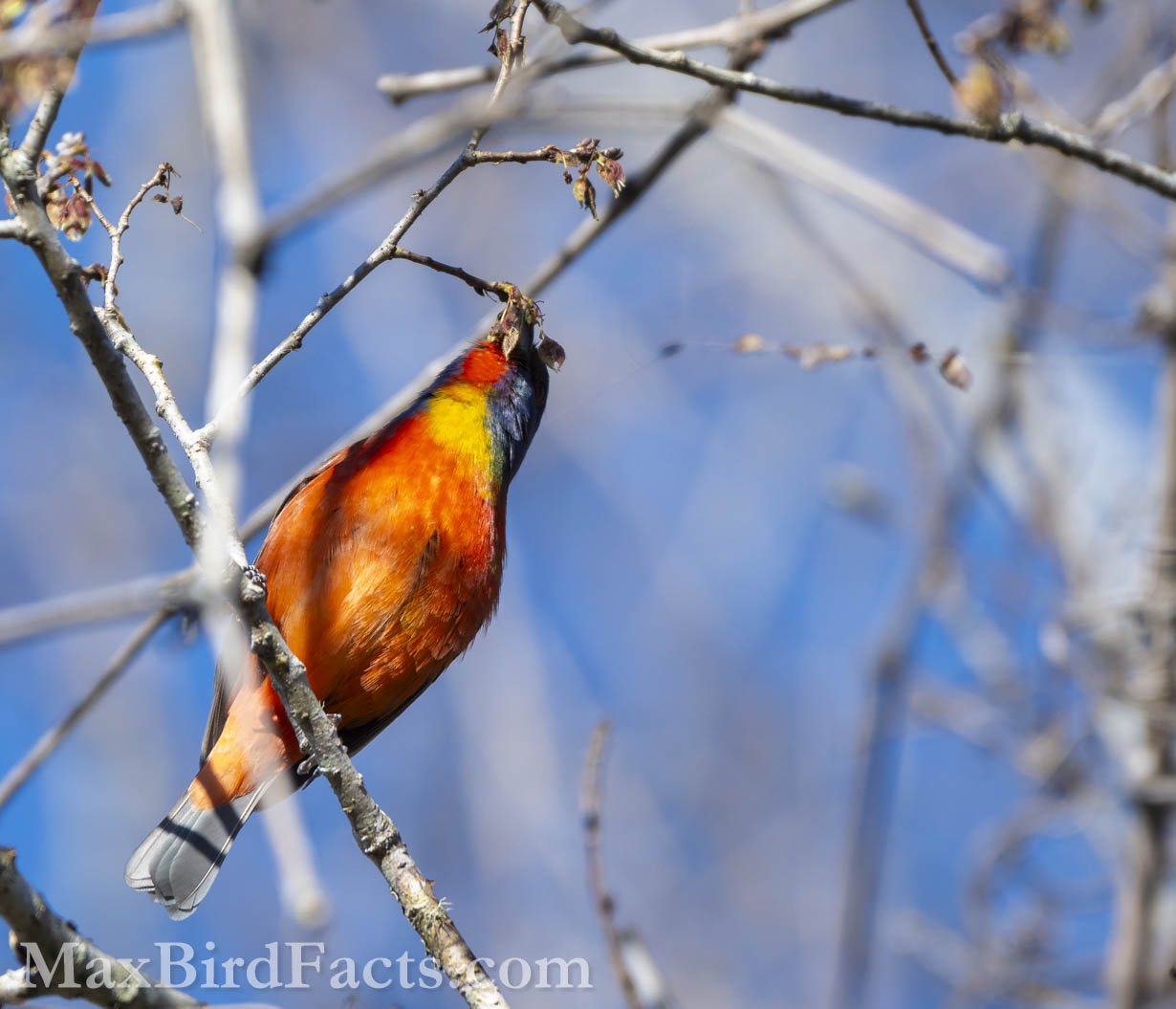
There are three primary sources of pigmentary coloration: carotenoids, melanins, and porphyrins.
Carotenoids produce reds, oranges, pinks, and yellows. Unlike the other two sources, the bird doesn’t synthesize carotenoids; they are simply modified.
This process is relatively complicated, but here’s a brief summary of how carotenoids make it into a bird’s system:
Plants use chloroplasts to conduct photosynthesis, which are packed with beta-carotenoids to absorb the red-orange color spectrum (580-650 nm). When a bird eats food containing these beta-carotenoids, whether a berry, leaf, or shrimp with reserves of this compound, it can modify it using enzymes to extract that red-orange color. This pigment is sent via lipids throughout the body, primarily to fat reserves, skin, and feather roots.
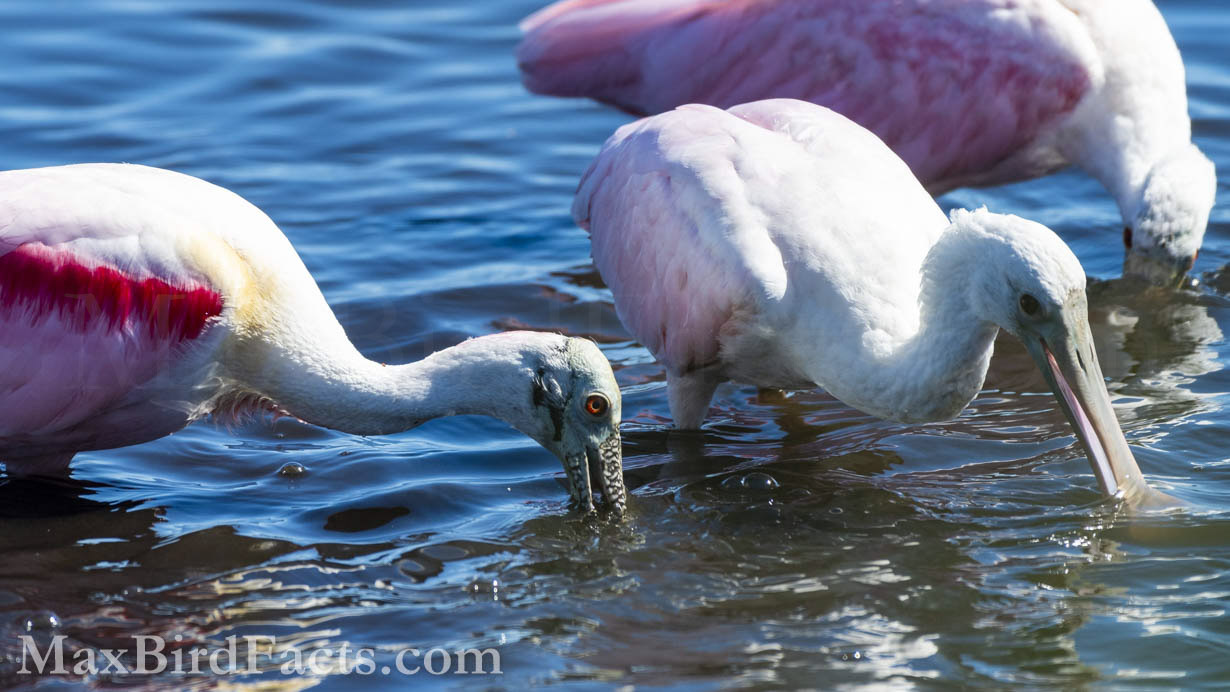
If you want to learn more about how carotenoids control a bird’s feathers, check out my article Why Are Flamingos Pink – How a Bird’s Diet Affects its Feathers!
However, the key to this coloration type is that it stems from the food the bird eats.
If the bird cannot find a suitable source of beta-carotenoids, its plumage will suffer.
And this is the textbook definition of an honest signal, where the animal cannot hide its inability or ability to be successful. For example, if a male Rose-breasted Grosbeak has a brilliant slash of pink across its throat, he clearly has a good food source, and a female would take him as a suitable mate to provide for her offspring.
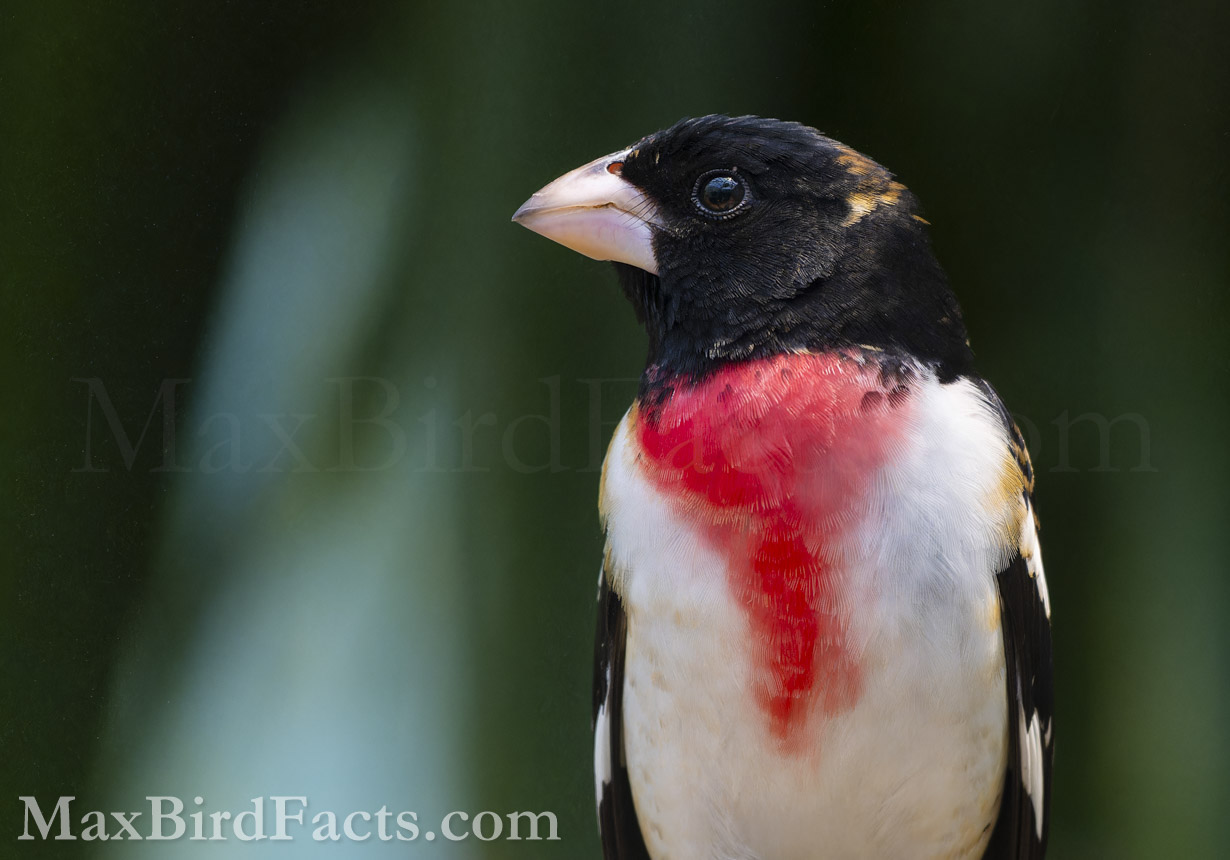
In contrast, a dishonest signal could include a song, where the bird might sound large and mighty, only to be a scrawny creature with an unimpressive territory.
Using that previous example, another Grosbeak might sing and sound spectacular at a distance, only for the female to come and inspect him to see a patchy, dull, ruddy necklace to prove to her his lack of good territory, and she will likely pass him up.
Melanins produce colors ranging from sandy brown to pitch black. They are synthesized from this amino acid in specialized cells called melanocytes.
Melanin also holds a primary function in feathers, where the darker the feather, the more durable it is. Many white birds, such as the White Ibis (Eudocimus albus), have entirely white plumage while their wingtips are pure black.
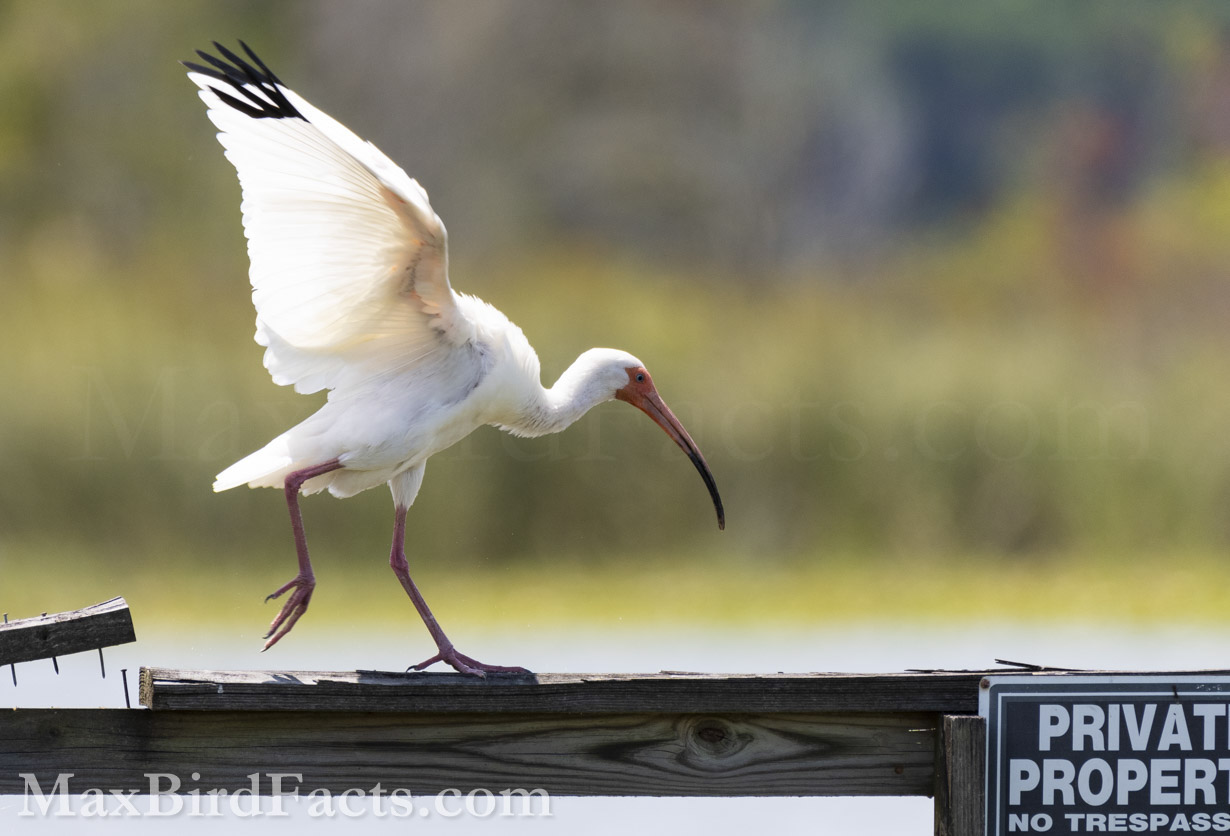
Its white body feathers completely lack melanin and serve to show the bird’s age but at the cost of being much less durable. However, because its wingtips are packed with melanin, they will wear out much slower, and the bird will have to molt less frequently.
This dark plumage also aids birds in increased thermoregulation. In short, the darker the plumage, the more heat it absorbs from the sun.
I’ve written several articles on this subject, specifically on Vultures and Anhingas, but many dark birds require increased body heat. For Vultures, this could help them digest faster, and it allows Anhingas to dry off quicker.
Porphyrins produce greens, violets, pinks, and fluorescents. Similar to melanin coloration, birds synthesize these colors from the amino acid.
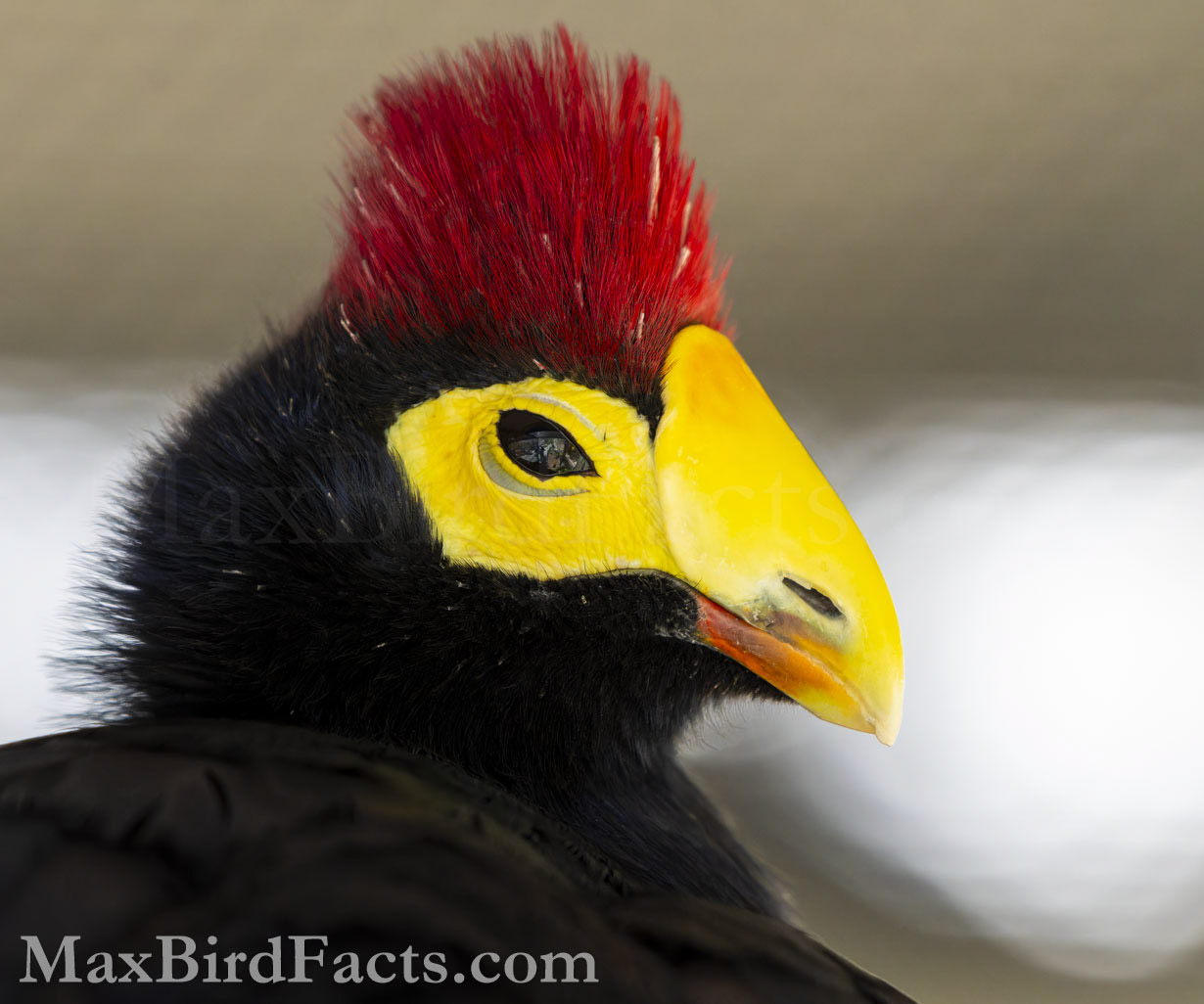
Porphyrin coloration is relatively uncommon among birds and seems to produce some of the most delicate colors in the animal world. At this time, only three orders of birds show this coloration: Bustards (Otidiformes), Turacos (Musophagiformes), and Owls (Strigiformes).
The most fascinating aspect of this method of coloration is its interaction with sunlight.
Sunlight produces ultraviolet rays, which are invisible to our eyes. However, bird eyes have a fourth cone that allows them to see this additional wavelength (humans only have three cones).
Owls and Turacos have patches of ultraviolet fluorescent feathers on their underwings that act as signals. These patches could be used to determine if the bird is of breeding age, but their actual purpose is unknown.
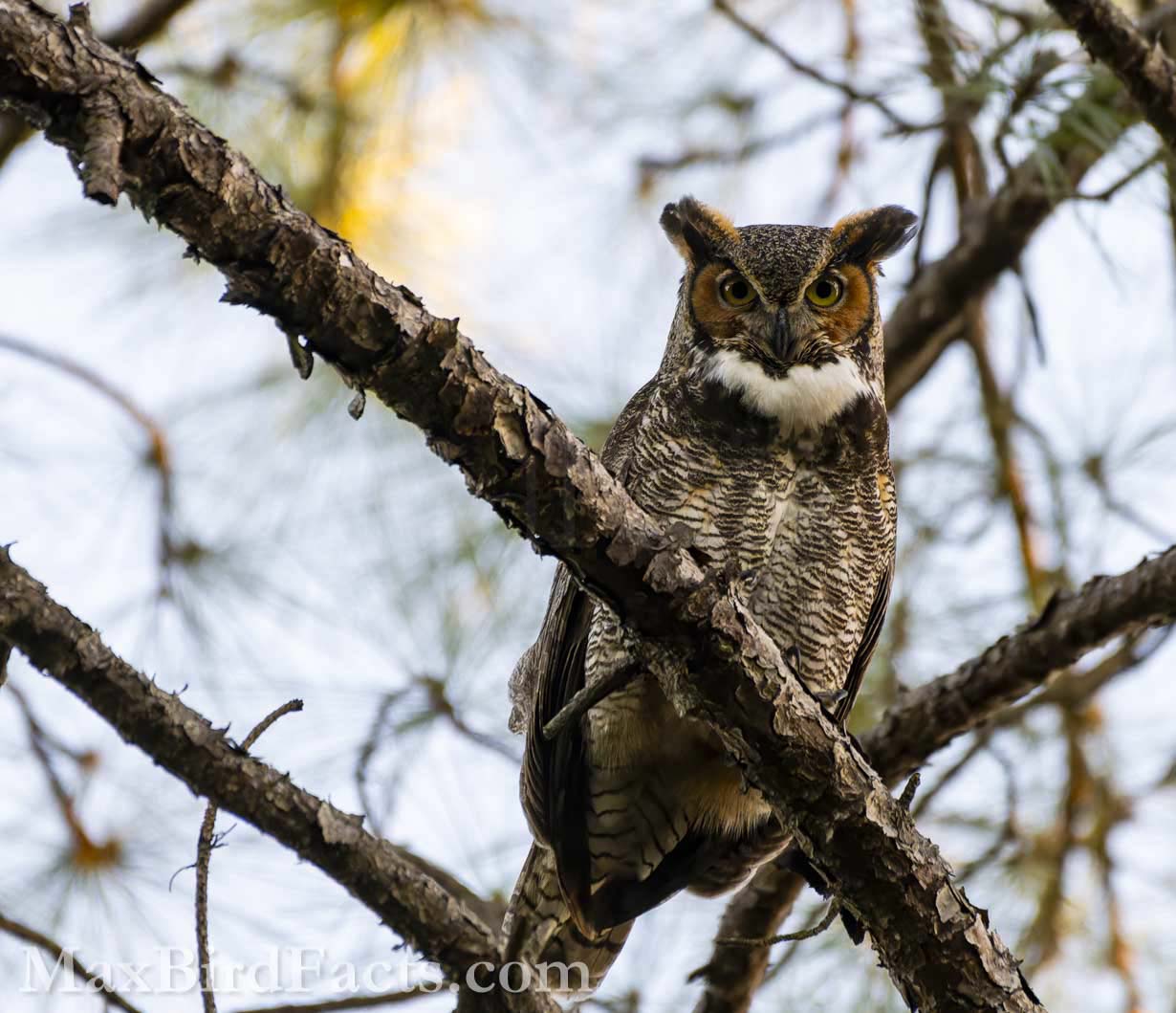
The confusing part of porphyrin colors is how they differ from carotenoid colors. Yes, both produce red and pink, but how they come about and interact with light is entirely different.
The actual tone of the pink porphyrin is much softer than a carotenoid pink. This shade also tends to stay in downy feathers and rarely appears in more structured plumage, where carotenoid hues prefer.
Again, porphyrin coloration comes from the amino acid porphyrin, which birds readily synthesize. However, carotenoid coloration comes from beta-carotenoids that birds must consume and modify to create this spectrum.
Structural Coloration
Structural coloration comes from how the keratin of the bird’s feathers bends and refracts light. Note the difference here: pigmentary coloration reflects light, while structural coloration refracts.
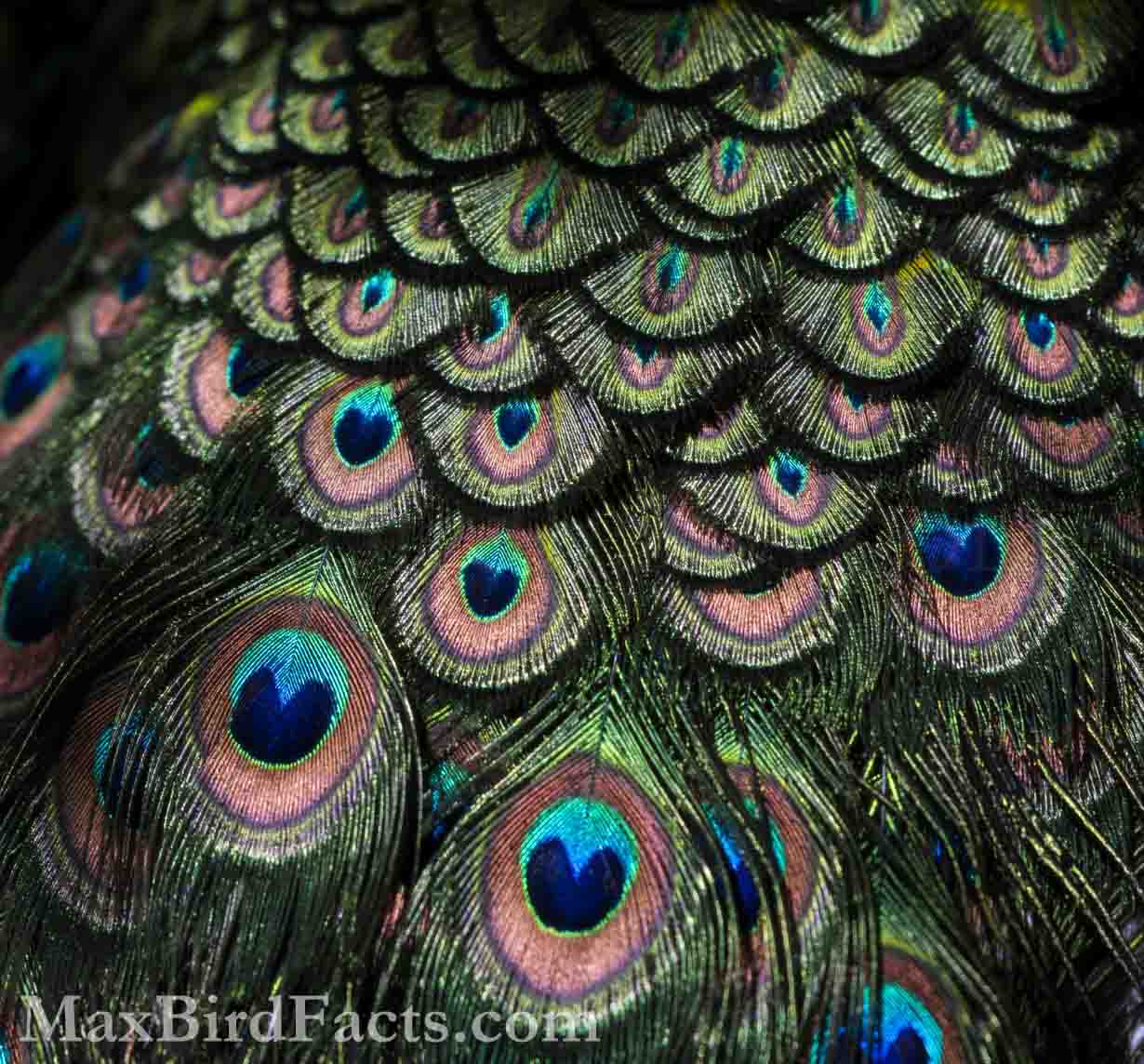
Refracting means the wavelengths of light are bending or being modified when they contact the structure. So, rather than some wavelengths being absorbed while others are reflected off as the way pigmentary coloration functions, structural coloration alters how light behaves.
Refraction itself comes from the feather’s microscopic structure. Depending on the position of keratin and pockets of air on the feather’s surface, this will cause the light to bend in the manner required by the bird.
There are two primary forms of structural coloration: incoherent and coherent scattering.
Incoherent scattering produces white coloration. This is vital for birds that require this color for camouflage or contrast in their plumage.
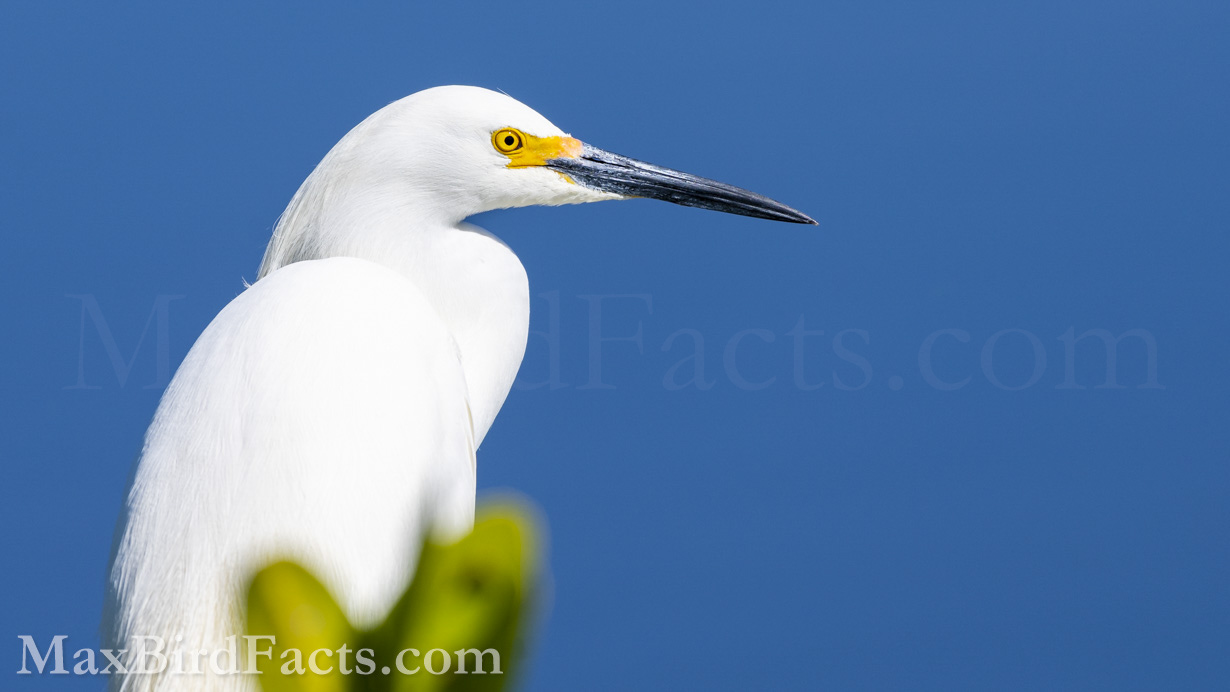
The name itself, incoherent scattering, is precisely how these feathers create this white color. Rather than altering the wavelengths to match a particular color, the light bounces off the feathers in no specific order, creating this “colorless” aspect.
Coherent scattering creates blues and iridescent coloration. This method of refracting is much easier to visualize, where the color of the feathers changes as the light moves.
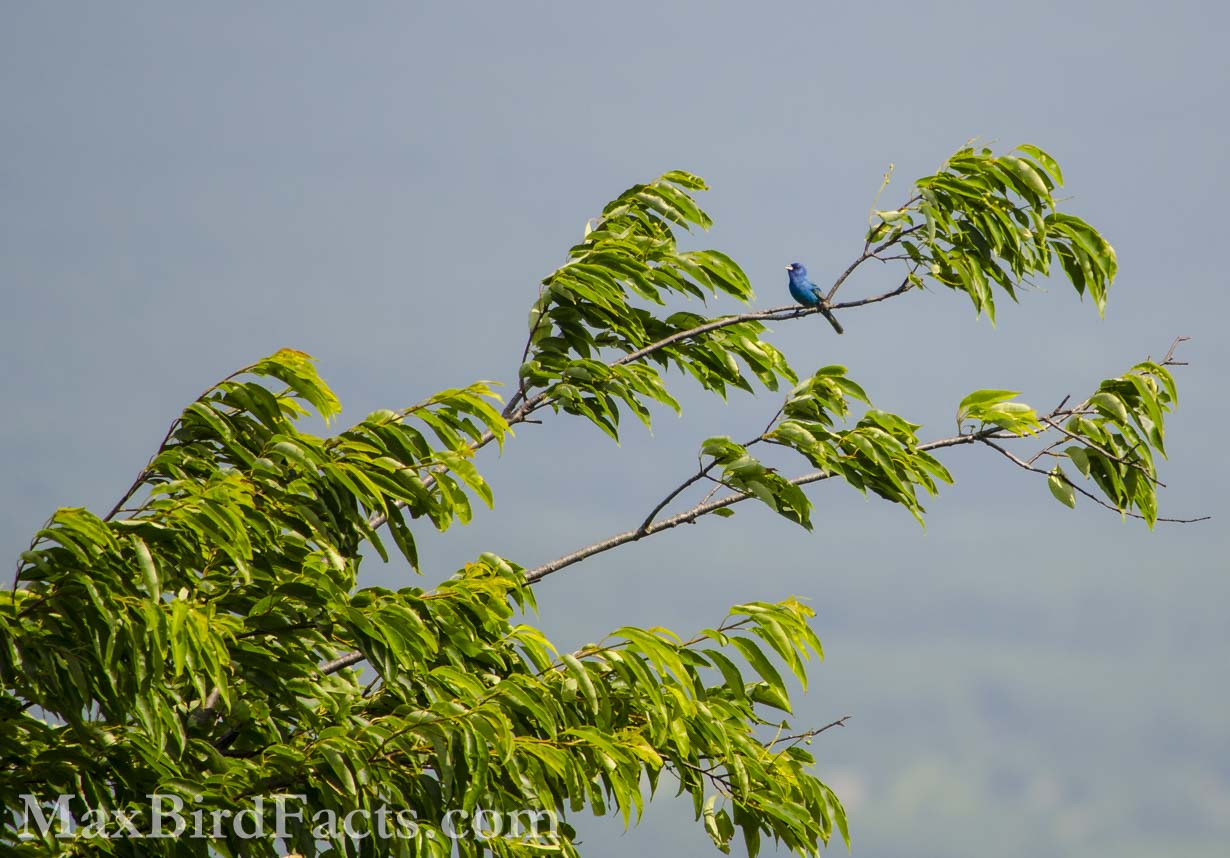
Blue is one of the rarest colors in birds, primarily due to its structural nature.
The arrangement of keratin molecules and air pockets has to be extremely precise to create the correct shade of blue for a bird’s plumage. This meticulous structure and spacing scatter a particular wavelength of light, becoming the feather’s color.
Blue coloration in other bird parts, like the bill of the male Ruddy Duck, also depends on this microscopic surface arrangement.
Structural changes to the keratin sheath of the male Ruddy Duck’s bill result in its iconic azure hue. However, outside of the breeding season, the male duck’s beak dulls to a dull, steely blue.
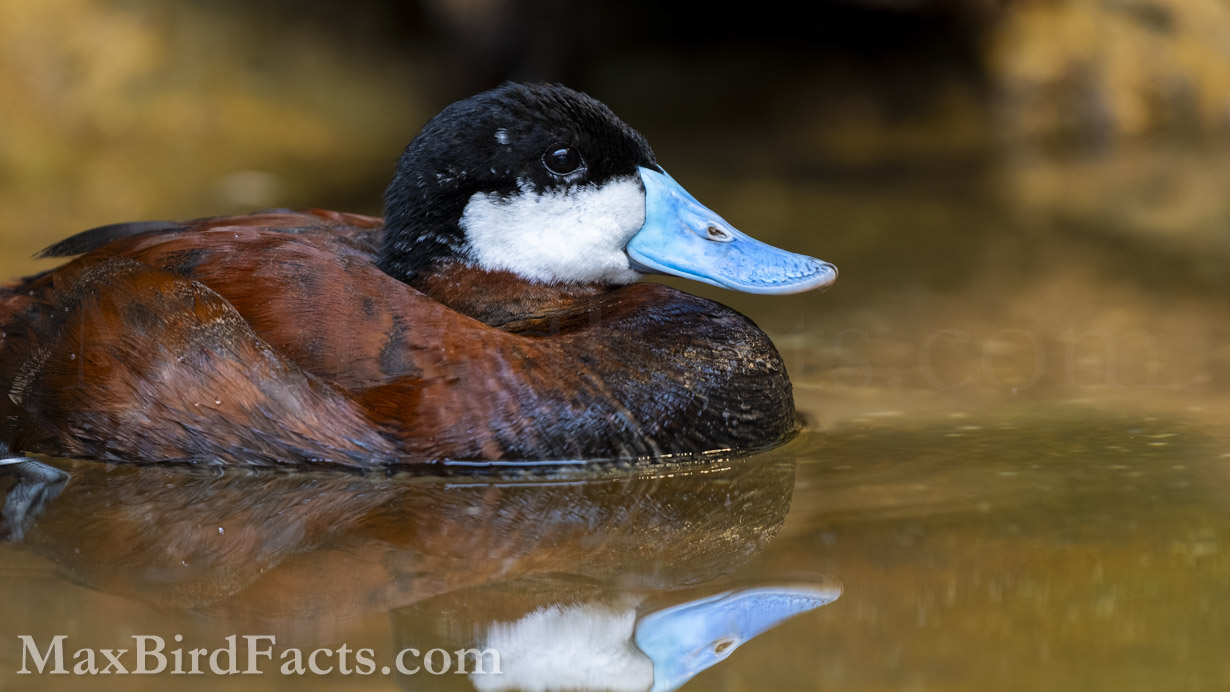
Iridescence is one of the most stunning forms of feather coloration. With this, the color of the feather changes with its viewing angle, giving the bird’s aspect a three-dimensionality.
One group of birds that demonstrates this phenomenon exceptionally well is Hummingbirds (Trochilidae).
When viewing a Ruby-throated Hummingbird from the side, its namesake trait appears almost black. However, when this tiny bird faces you, its throat blazes radiant crimson.
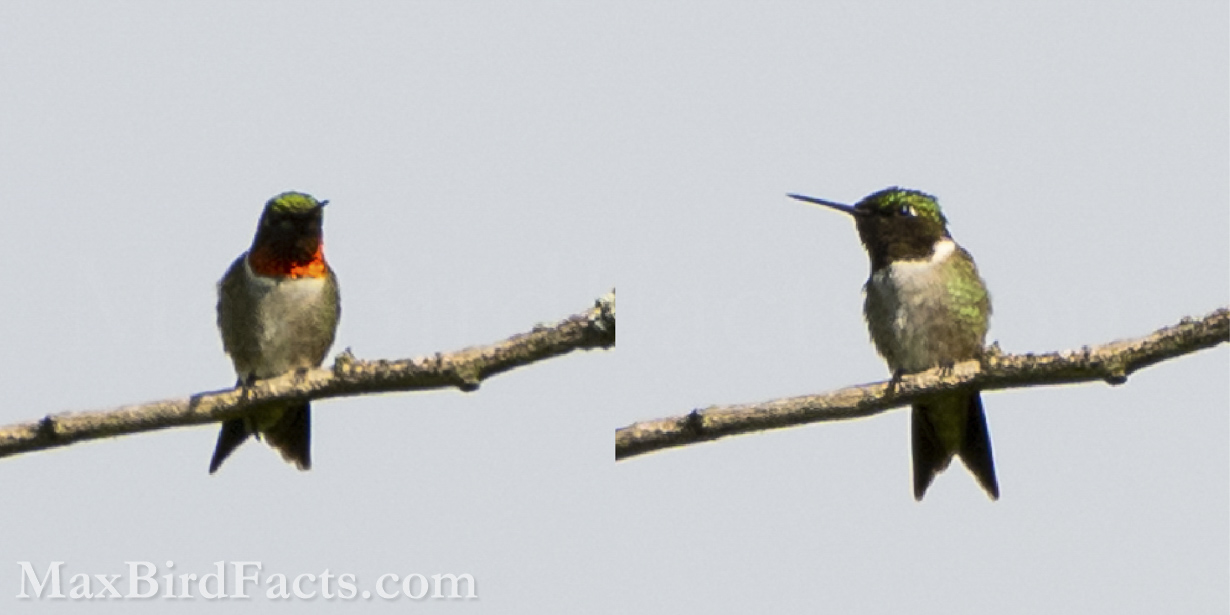
This drastic difference in appearance is entirely due to how the feathers of the hummingbird’s throat, or gorget, interact with light.
Think of the feathers as mirrors reflecting light to your eyes. If the mirror is facing away from you, the light isn’t reaching your eyes, but when it points towards you, it bounces the light towards you.
While this isn’t the most accurate way of explaining this, it illustrates the process well enough. As mentioned earlier, refraction distorts light wavelengths to create the desired color sent to the viewer.
There are countless examples of iridescence in the avian world, from the seemingly basic plumage of the Boat-tailed Grackle, which shimmers in the sun as a sapphire dipped in ink, to the ornate spectacle of the Indian Peafowl’s tail feathers, which are full of blue eyes and viridescent filaments.
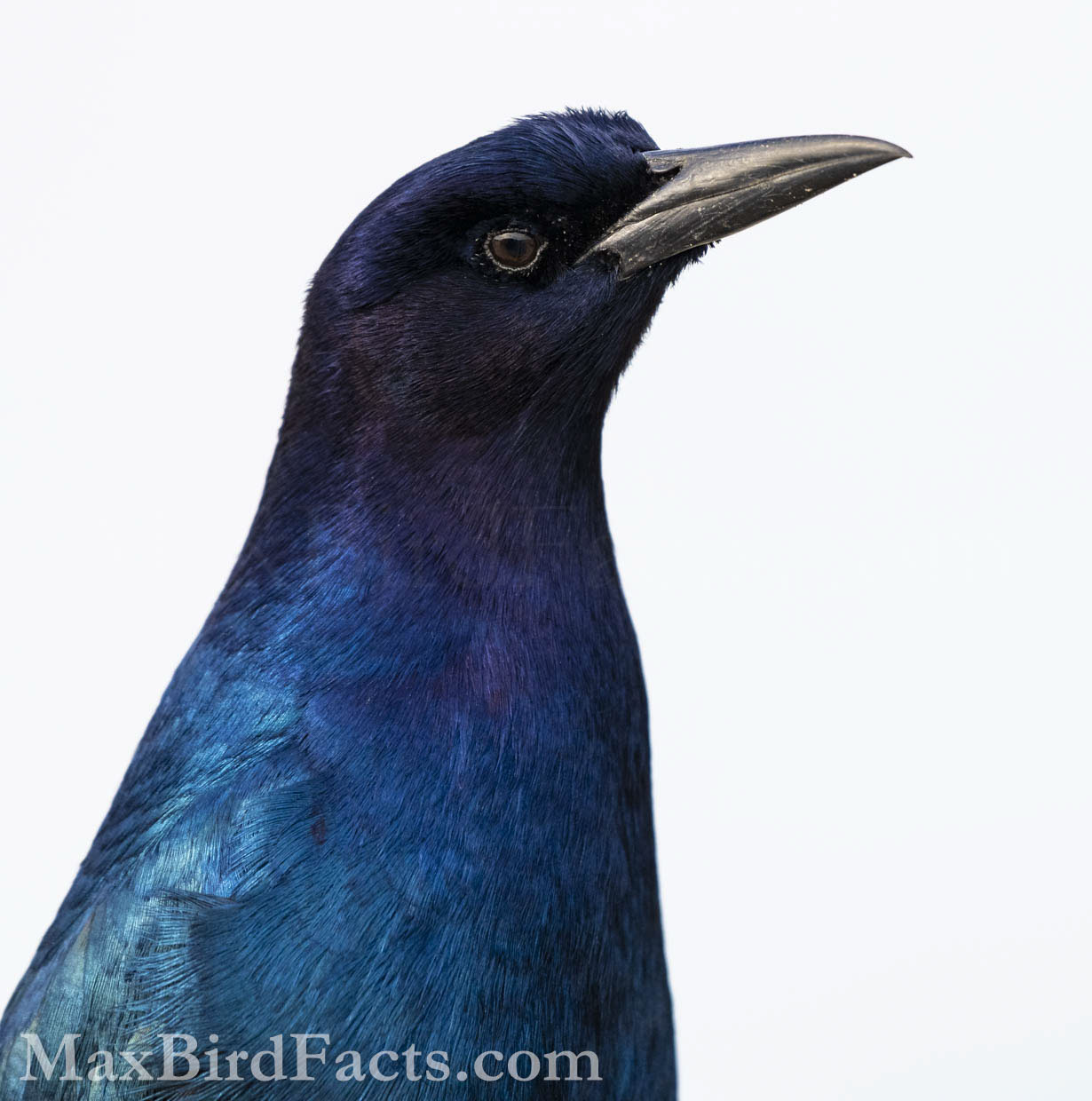
Now We Know Structural Color vs. Pigment Color!
Now we know the difference between structural and pigmentary coloration!
While there is some overlap within their groupings, like carotenoid red compared to porphyrin pink, the range of colors produced by each is drastically unique.
Pigmentary colors result from synthesizing amino acids or carotenoids to create the desired hue, whereas structural coloration is entirely based on the molecular structure of the feather’s surface and how it interacts with light.
Pigmentary coloration forms red, orange, yellow, pink, green, violet, brown, black, and even fluorescents in a bird’s plumage. In contrast, structural colors create white, blue, and iridescent ranges.
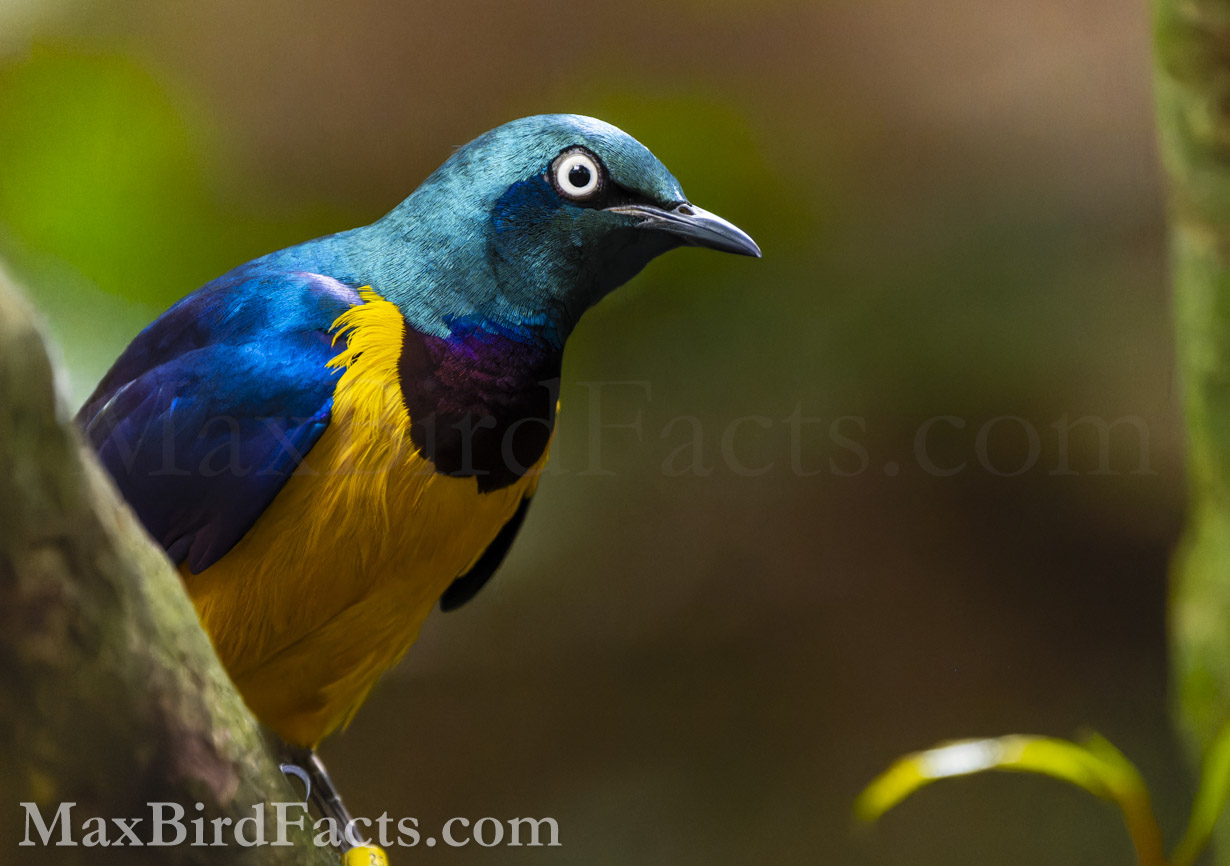
Some birds utilize only one strategy for coloration, like the Northern Cardinal with its iconic crimson red plumage and black mask or the Metalic Starling with its oil-slick iridescent feathers. However, many species use both structural and pigmentary coloration in conjunction.
Take, for example, the Scarlet Macaw. While the primary color it’s named after is red, the dorsal aspect of its tail and wings is cobalt blue.
Looking closer at this stunning bird’s feathers, we can see where some individual feathers fade from pigmentary yellow to structural blue.
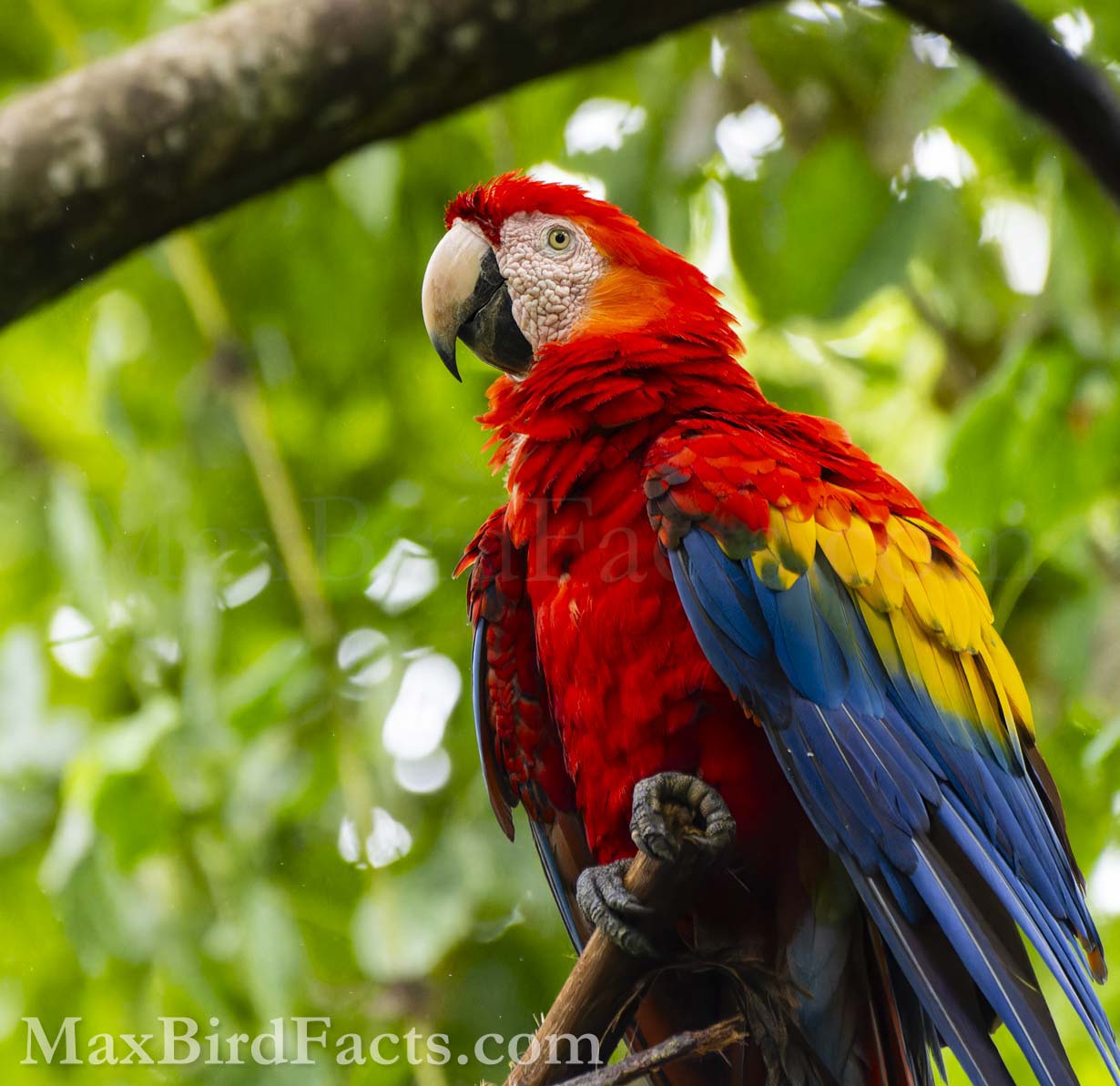
This is the beauty of feathers and why they are so fascinating to study. Within the same feather and even within the same barb, variation can create the extraordinary tapestry that makes up the bird’s remarkable plumage.
Thank you for taking the time to read this article. If you have ideas or suggestions for topics you would like me to write about in the future, feel free to leave a comment below or email me!
If you enjoyed this article, please subscribe to my email list to be the first to know when I post new articles!
Get Outside & Happy Birding
Max
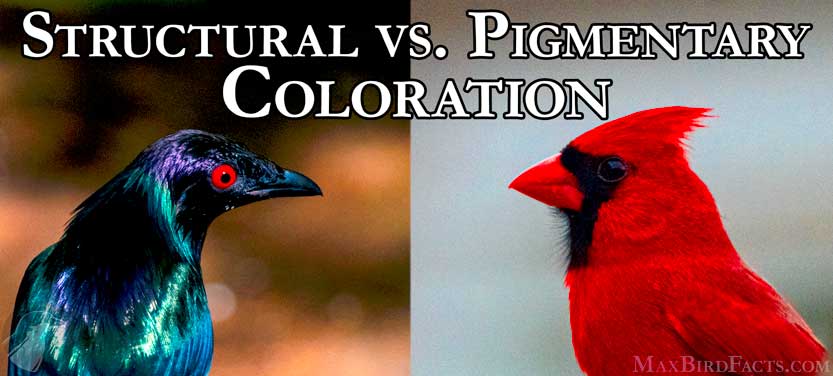
Very interesting article! Thanks for taking the time to write about all this in a way that anyone can understand 🙂
Thank you, Paula! I’m so glad you enjoyed this article!